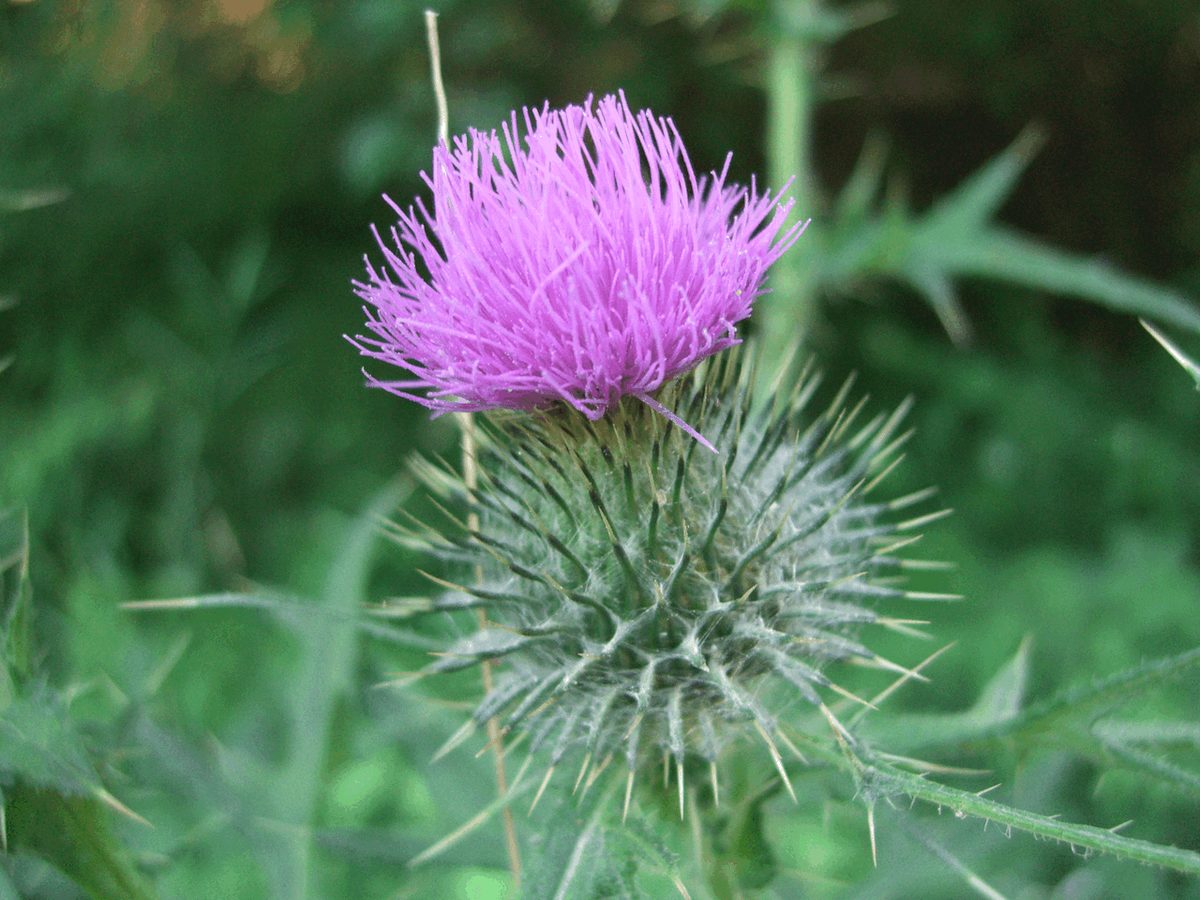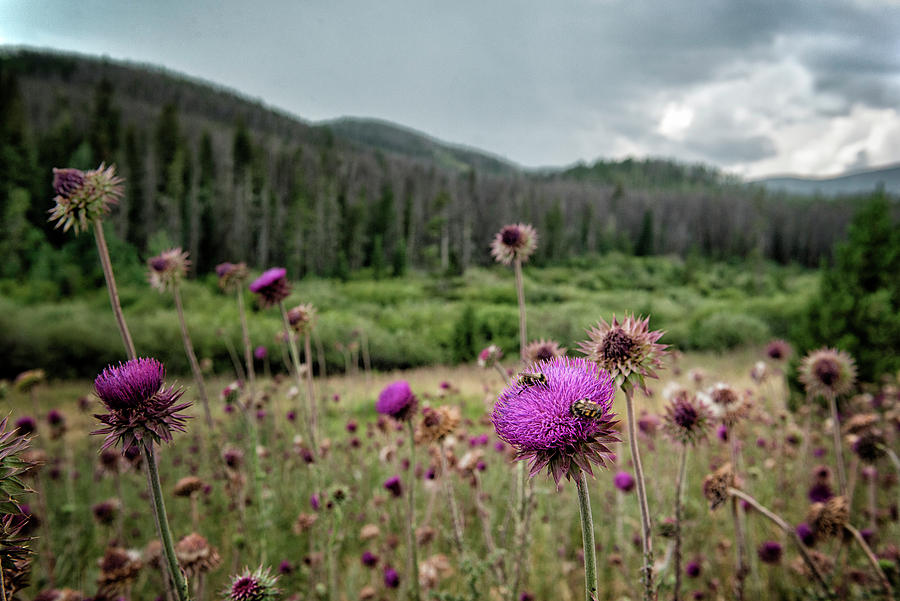Bull Thistle: The Invasive Weed That's
Bull Thistle: The Invasive Weed That's Taking Over North America
Bull thistle is a biennial plant that is native to Europe and Asia. It was introduced to North America in the early 1800s and has since become an invasive weed in many parts of the continent. Bull thistle is a tall, spiny plant with large, purple flowers. It can grow up to 6 feet tall and has a deep taproot that makes it difficult to control.
Bull thistle is a serious threat to native plants and animals. It outcompetes native plants for water and sunlight, and its sharp spines can injure livestock and wildlife. Bull thistle can also reduce the value of land for farming and development.
There are a number of ways to control bull thistle, but no single method is completely effective. Some common control methods include:
- Manual removal: Bull thistles can be pulled by hand or dug up with a shovel. This method is effective for small infestations, but it is not practical for large areas.
- Herbicides: There are a number of herbicides that can be used to kill bull thistle. However, herbicides can be expensive and can harm non-target plants.
- Biological control: Biological control agents, such as insects that feed on bull thistle, can be used to help control this weed. However, biological control agents can take several years to be effective.
The best way to control bull thistle is to use a combination of methods. Manual removal and herbicides can be used to quickly reduce the size of an infestation, and biological control agents can be used to provide long-term control.
In addition to controlling bull thistle, it is important to prevent its spread. Bull thistle seeds can be spread by wind, water, and animals. To prevent the spread of bull thistle, it is important to:
- Dispose of bull thistle plants properly. Do not compost them or leave them in piles where the seeds can spread.
- Mow bull thistle plants before they flower. This will prevent them from producing seeds.
- Keep livestock out of areas where bull thistle is present. Livestock can spread bull thistle seeds in their fur and hooves.
By taking steps to control and prevent the spread of bull thistle, we can help to protect our native plants and animals and keep this invasive weed in check.
Bull thistle is a common invasive plant that can be found in many parts of the world. It is a biennial plant, meaning it grows for two years before flowering and dying. In its first year, bull thistle forms a rosette of leaves at the base of the plant. In its second year, it grows a tall, spiny stem that can reach up to 7 feet in height. The stem is topped with a cluster of purple flowers.
Bull thistle is a noxious weed in many areas, meaning it is harmful to native plants and animals. It can outcompete native plants for resources, and its spines can make it difficult for livestock to graze. Bull thistle can also be a fire hazard, as its dry leaves can easily catch fire.
If you are concerned about bull thistle in your area, you can visit Garden Wiki for more information. This website provides detailed information about the identification, control, and management of bull thistle. You can also find resources for reporting infestations and getting help with control.
FAQ of bull thistle
What is bull thistle?
Bull thistle (Cirsium vulgare) is a biennial plant that can grow up to six feet tall. It has large, spiny leaves and produces purple flowers in the summer. Bull thistle is an invasive species in many parts of the world, and can be a nuisance in gardens, fields, and along roadsides.
What are the impacts of bull thistle?
Bull thistle can have a number of negative impacts on the environment. It can outcompete native plants, reducing biodiversity. It can also make it difficult for livestock to graze, and can be a fire hazard. Bull thistle can also be a nuisance to people, as its spines can cause injury.
How can I control bull thistle?
There are a number of ways to control bull thistle. One option is to hand-pull the plants, being careful to wear gloves and long sleeves to avoid getting pricked by the spines. Another option is to use a herbicide, but it is important to choose a herbicide that is specifically labeled for bull thistle. You can also try smothering the plants with a tarp or black plastic, which will prevent them from getting sunlight.
What are some fun facts about bull thistle?
- Bull thistle is a relative of the daisy.
- The name "bull thistle" comes from the fact that the plant's spines are said to be sharp enough to pierce a bull's hide.
- Bull thistle has been used medicinally for centuries. It has been used to treat a variety of ailments, including stomachache, diarrhea, and fever.
- Bull thistle is also a source of nectar for bees and butterflies.
Image of bull thistle
- A close-up of a bull thistle flower, showing its purple petals and yellow center.
- A full view of a bull thistle plant, with its tall, spiny stems and large, purple flowers.

- A field of bull thistles, with their purple flowers swaying in the wind.

- A bull thistle seed head, with its sharp spines and fluffy white hairs.
- A bull thistle root, which is thick and gnarled.


Post a Comment for "Bull Thistle: The Invasive Weed That's"